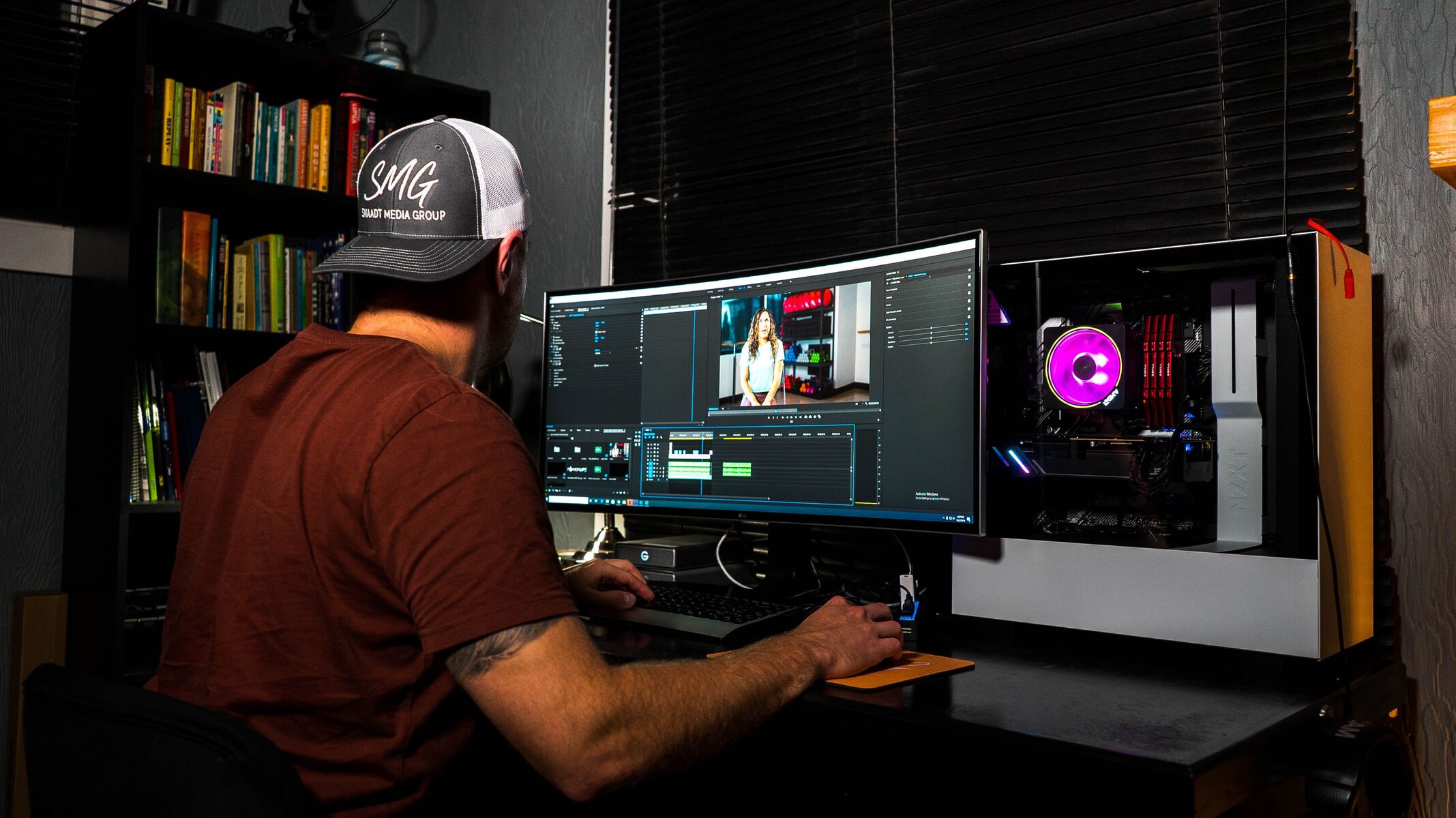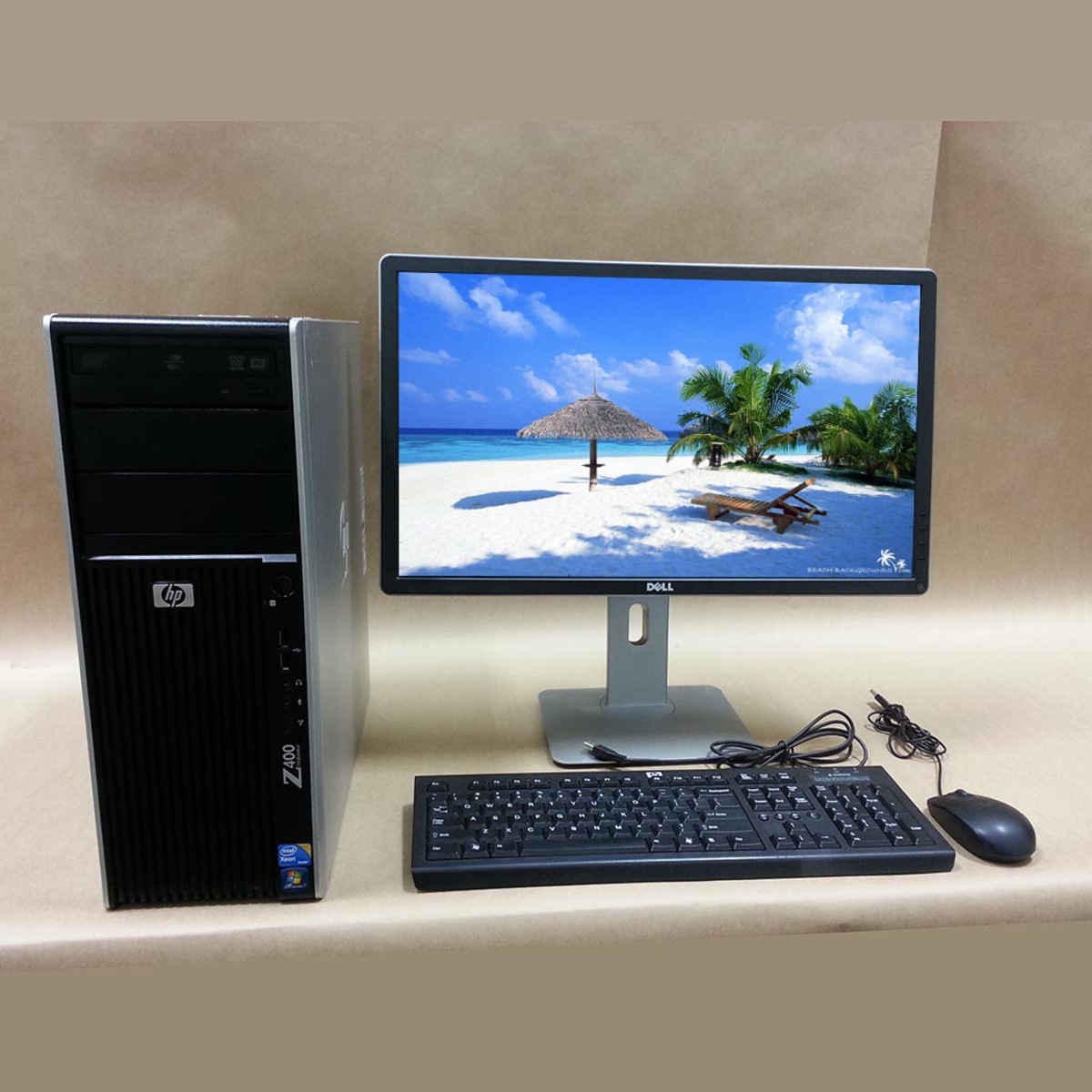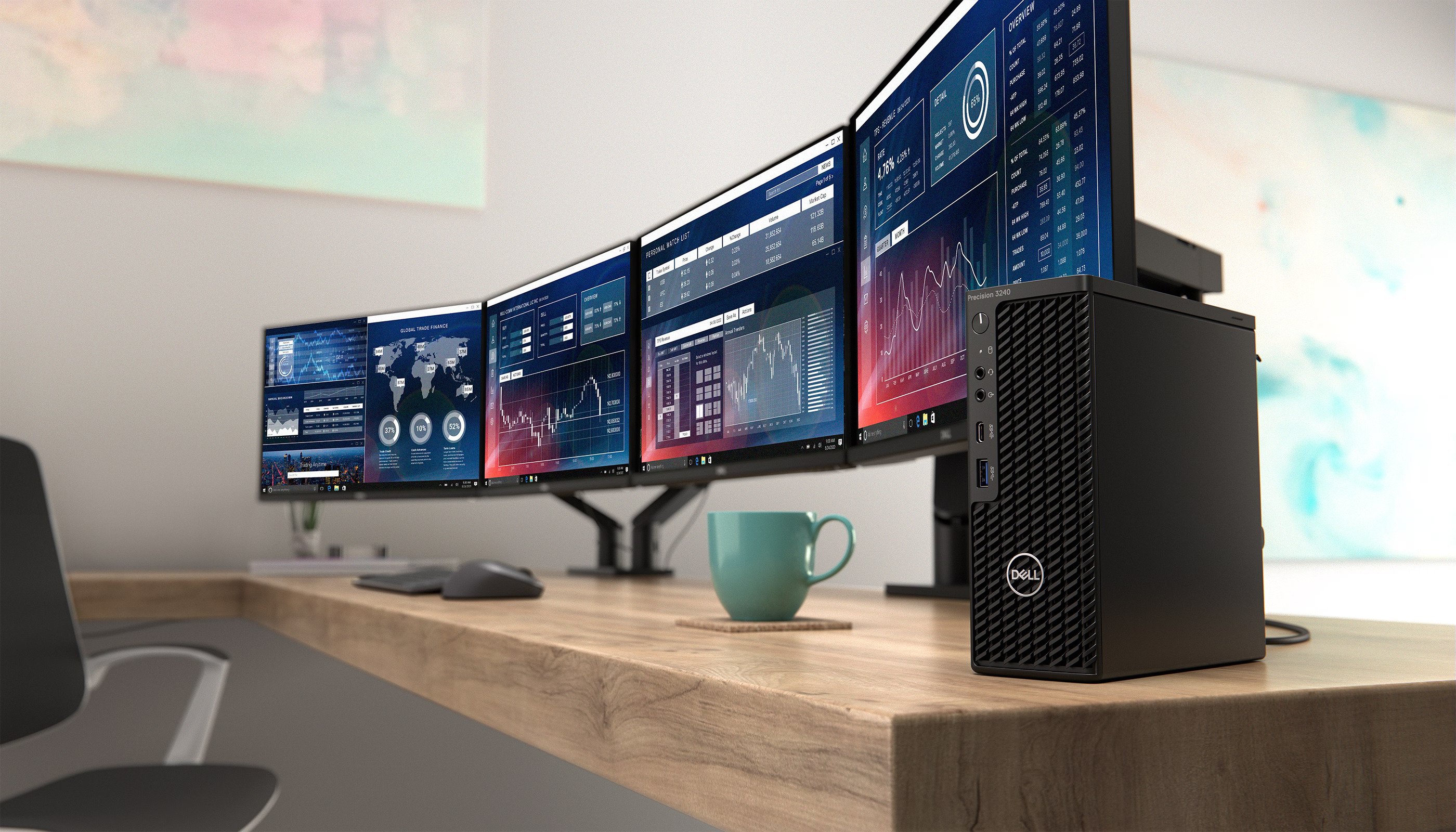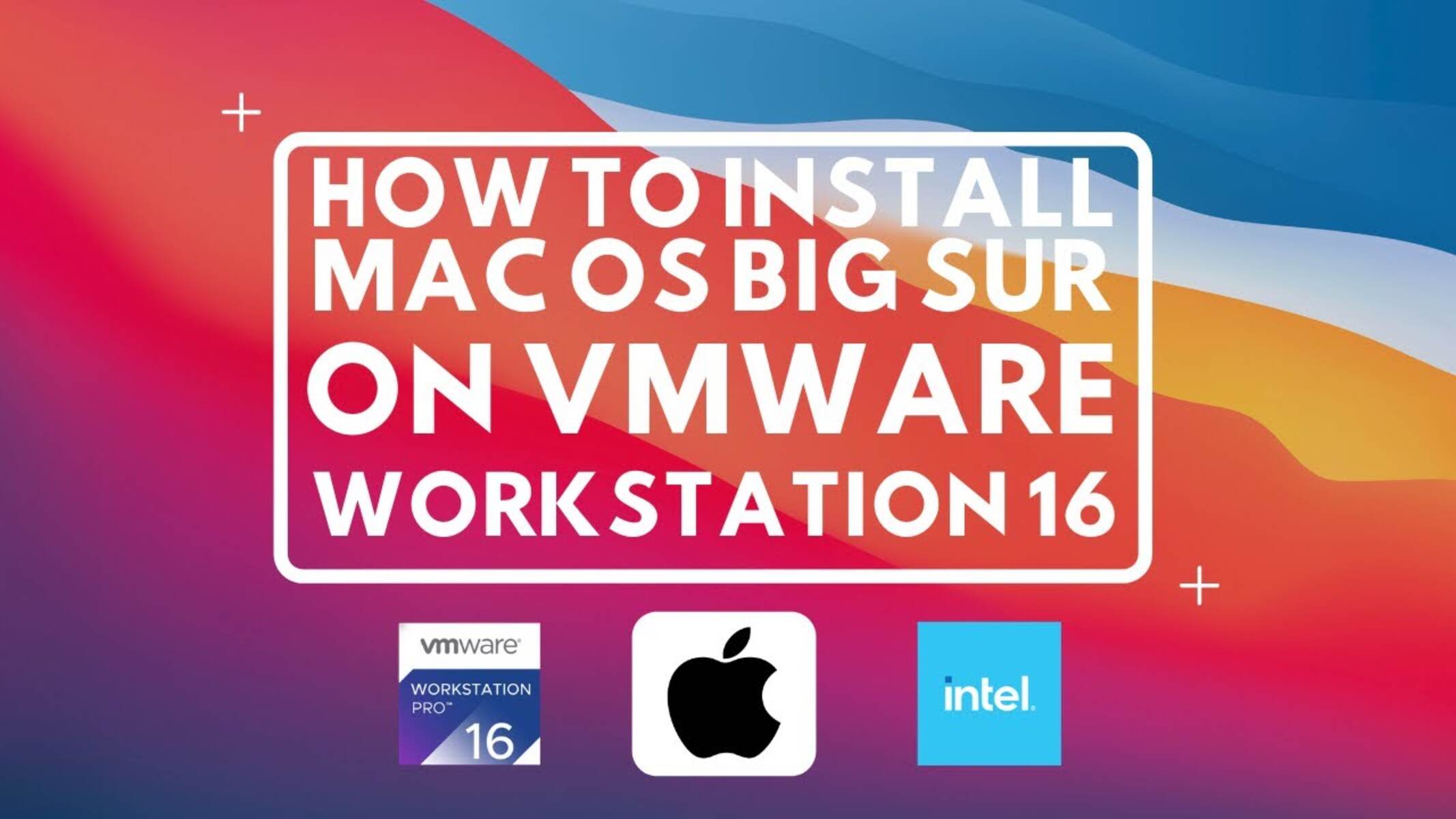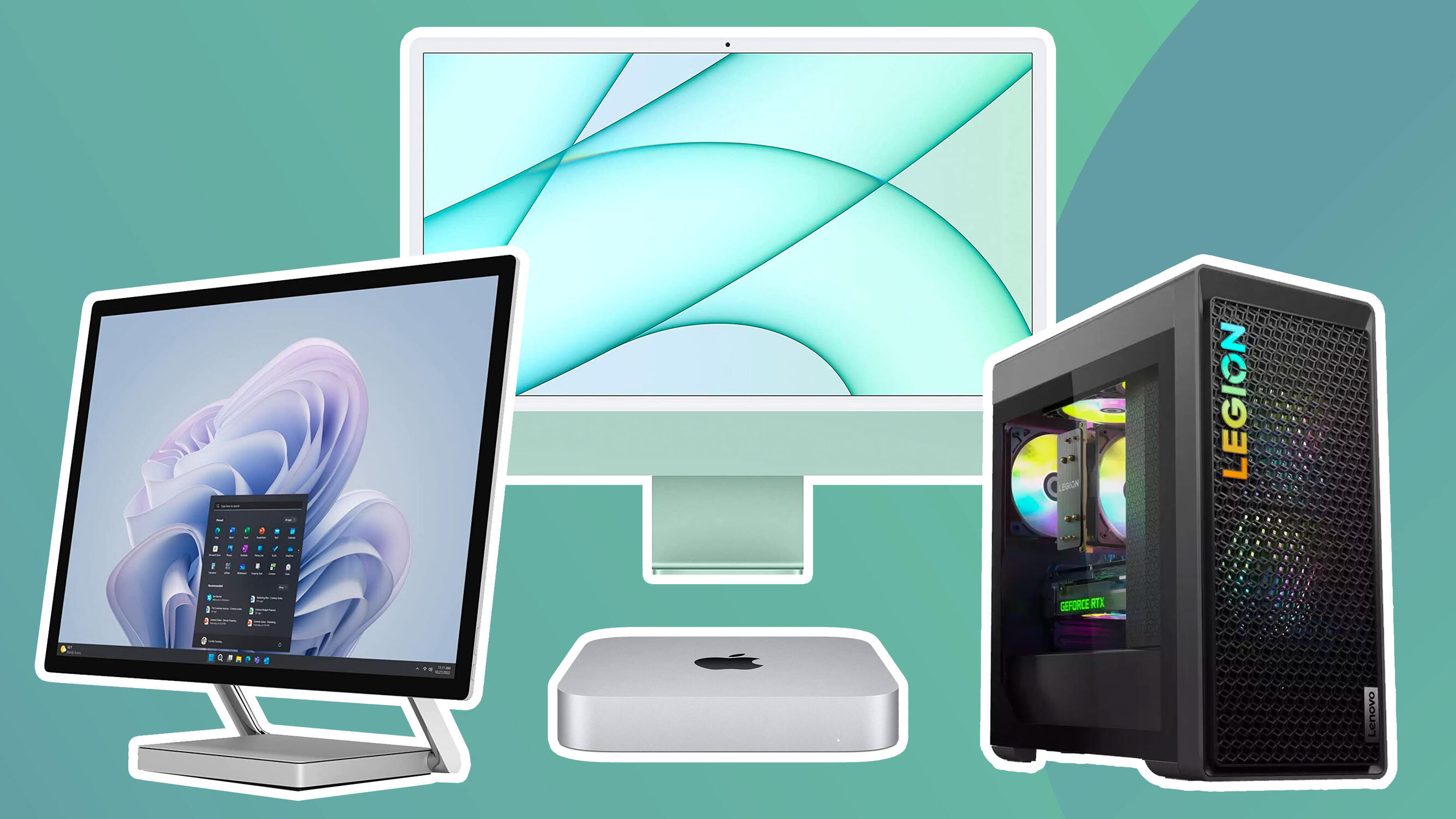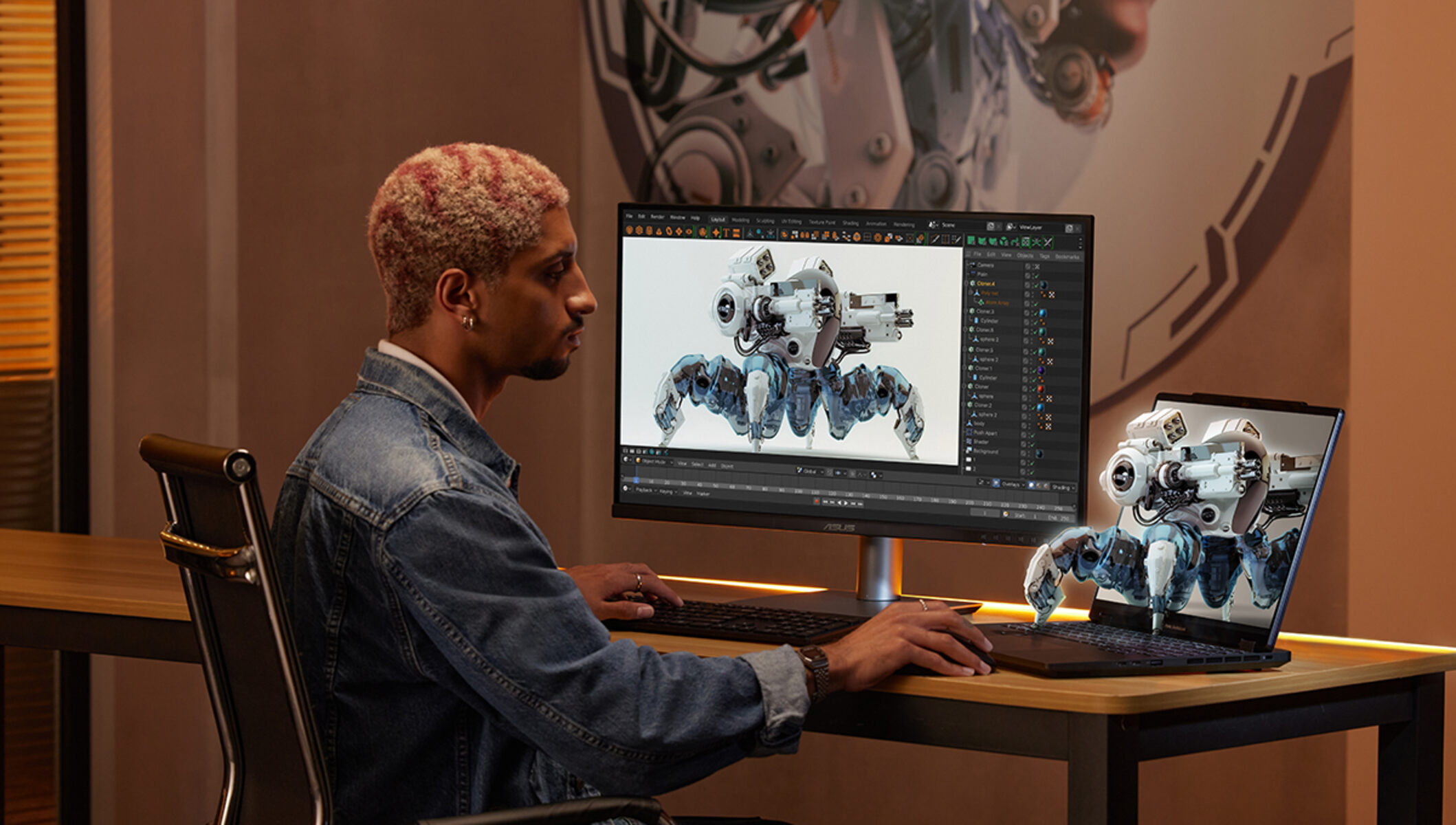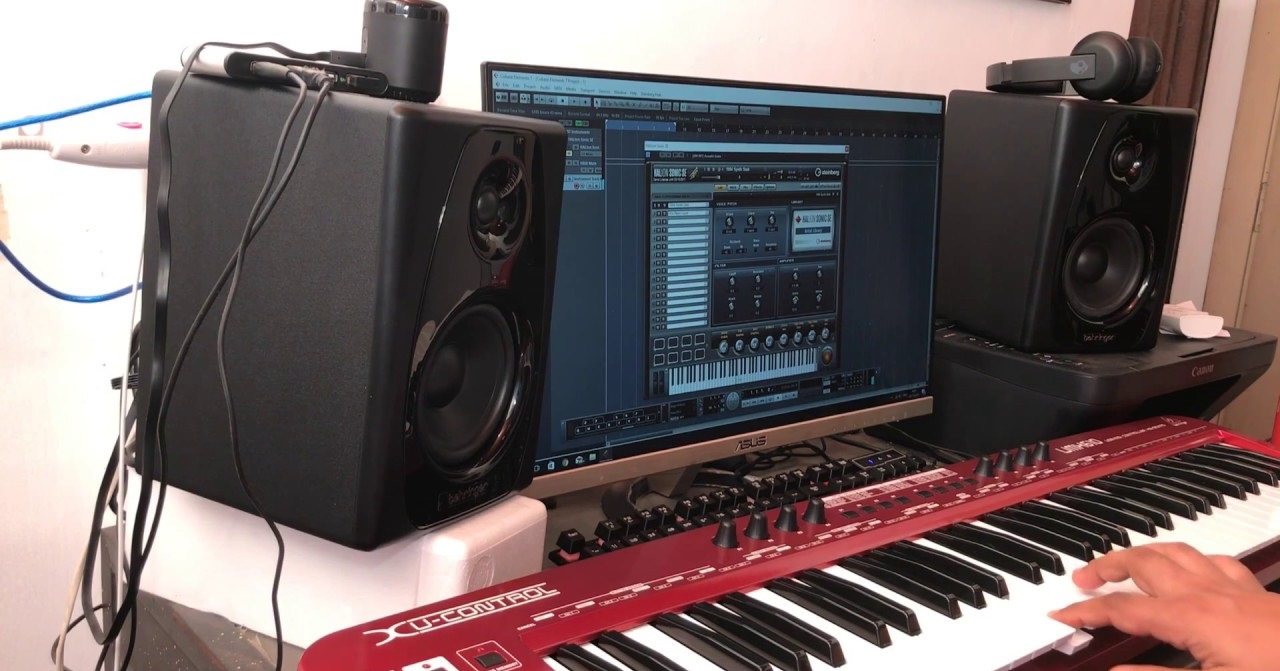Introduction
When it comes to high-end audio/video editing, having the right workstation is crucial for achieving optimal performance and efficiency. Whether you’re a professional editor or a passionate enthusiast, investing in a powerful setup can make a significant difference in your workflow and the quality of your work.
Creating a high-end audio/video editing workstation requires careful consideration of several key components. From the central processing unit (CPU) to the software you use, every aspect plays a vital role in ensuring smooth editing, rendering, and playback.
In this article, we will walk you through the essential components that make up a high-end audio/video editing workstation. By the end, you will have a clear understanding of what hardware and software you should consider to create the perfect setup for your editing needs.
Before diving into the details, it’s important to note that the recommendations in this article are tailored for professional and demanding tasks. If you’re a casual or occasional user, you may not need the highest-end components mentioned here. However, if you are serious about video and audio editing, read on to discover the crucial elements for a high-performance editing workstation.
Now, let’s explore each component in detail to help you make informed decisions when building your high-end audio/video editing workstation.
CPU
The central processing unit (CPU) is the brain of your computer and plays a crucial role in audio/video editing tasks. When it comes to selecting a CPU for a high-end editing workstation, there are a few key factors to consider.
Firstly, it’s important to choose a CPU with multiple cores. Audio/video editing software takes advantage of multithreading, allowing it to utilize multiple cores simultaneously. This can significantly improve rendering times and overall performance. Look for CPUs with at least 6 or more cores, such as the Intel Core i7 or i9 series, or the AMD Ryzen 7 or Ryzen 9 series.
In addition to core count, pay attention to clock speed. Higher clock speeds mean faster processing, which is especially important for real-time editing and rendering. Aim for CPUs with a base clock speed of at least 3.5GHz or higher.
Another important feature to consider is cache size. A larger cache allows for quicker access to frequently used data, resulting in smoother editing performance. Look for CPUs with a cache size of at least 12MB or more.
Lastly, consider the generation of the CPU. Newer generations often offer better performance and efficiency due to advancements in technology. While it’s not necessary to always opt for the latest generation, it’s generally beneficial to choose a CPU from the current or previous generation.
Overall, for a high-end audio/video editing workstation, it is recommended to choose a CPU with at least 6 cores, a clock speed of 3.5GHz or higher, a cache size of 12MB or more, and from a recent generation. Remember, the CPU is the powerhouse of your editing workstation, so investing in a capable and high-performance CPU will significantly enhance your editing experience.
RAM
When it comes to high-end audio/video editing, having sufficient RAM (Random Access Memory) is crucial for smooth multitasking, faster data access, and efficient rendering. The amount of RAM you need for your editing workstation depends on the complexity of your projects and the software you use.
For moderate to intensive editing tasks, a minimum of 16GB of RAM is recommended. This allows you to handle multiple audio/video tracks, apply effects, and perform real-time editing without experiencing significant slowdowns.
However, if you work with large video files, complex 3D animations, or use resource-intensive software, such as Adobe Premiere Pro or DaVinci Resolve, it is advisable to opt for 32GB or even 64GB of RAM. This will ensure smooth playback, seamless editing, and faster rendering times.
It’s also important to consider the RAM speed when selecting your memory modules. Faster RAM speeds, measured in MHz, can improve the overall performance of your editing workstation. For optimal performance, aim for RAM modules with a speed of 3200MHz or higher. However, do keep in mind that the speed should be compatible with your motherboard to avoid any compatibility issues.
Additionally, consider the RAM’s form factor and the number of available slots on your motherboard. Most high-end editing workstations utilize DDR4 RAM, which comes in different physical formats such as DIMM and SODIMM. Ensure that the RAM modules are compatible with your motherboard’s form factor and that there are enough slots to accommodate your desired amount of memory.
When it comes to RAM, more is generally better. Invest in sufficient RAM to meet your editing demands and allow for future scalability as your projects become more advanced. Having ample RAM will significantly enhance your editing experience, allowing for smoother playback, quicker rendering, and efficient multitasking.
Storage
When it comes to audio/video editing, a fast and reliable storage solution is essential to ensure smooth performance and efficient file handling. There are two main types of storage to consider for a high-end editing workstation: primary storage (boot drive) and secondary storage (data storage).
For the primary storage, it’s recommended to use a solid-state drive (SSD) rather than a traditional hard disk drive (HDD). SSDs offer significantly faster read and write speeds, resulting in faster boot times and snappier performance. Aim for an SSD with a capacity of at least 500GB or higher to store your operating system, editing software, and frequently accessed files.
For secondary storage, you have a few options. One effective approach is to use a combination of large capacity HDDs and high-speed SSDs. This allows for ample space to store raw footage, project files, and other data, while utilizing SSDs for active projects and software installations. Depending on your storage requirements, consider having multiple HDDs in a RAID configuration for data redundancy and improved performance.
Another option is to invest in a Network Attached Storage (NAS) solution. NAS devices provide centralized storage accessible by multiple computers over a network. This can be beneficial if you work in a collaborative environment or need seamless file sharing across multiple editing workstations.
Regardless of your storage setup, it’s crucial to regularly back up your data. Consider implementing a reliable backup system, such as external hard drives or cloud storage, to protect your valuable audio/video files and projects from loss or corruption.
Overall, a high-end audio/video editing workstation requires a fast SSD for the primary drive and ample secondary storage for data. Balancing your storage needs between speed, capacity, and redundancy is essential for efficient file handling and data management.
Graphics Card
When it comes to audio/video editing, a powerful graphics card is crucial for accelerated rendering, real-time playback, and efficient video encoding. While the CPU handles most of the processing tasks, the graphics card (GPU) plays a significant role in handling visual effects, color grading, and video rendering.
For a high-end editing workstation, it’s recommended to choose a dedicated GPU with a sufficient amount of video RAM (VRAM). The amount of VRAM you need depends on the complexity of your projects and the resolution you work with. Aim for a minimum of 4GB to 6GB of VRAM, but consider going for 8GB or more if you work with 4K or higher-resolution video.
When selecting a graphics card, consider choosing a model from the latest generation available at the time of building your workstation. Newer models often offer improved performance, better power efficiency, and support for the latest video encoding standards.
It’s also worth noting that some editing software, such as Adobe Premiere Pro and DaVinci Resolve, can take advantage of GPU acceleration for certain tasks. This offloads processing from the CPU to the GPU, resulting in faster editing and rendering times. Make sure to check the compatibility of your chosen software with specific GPU models and their supported features.
Another consideration is the number of GPU cores or CUDA cores. More cores generally result in better performance, especially for tasks like real-time effects and color grading. Look for graphics cards with a higher core count for improved efficiency.
In addition to performance, make sure your chosen GPU has sufficient display outputs to connect multiple monitors. This allows for a more efficient editing workflow with dedicated displays for video preview, timeline, and tools.
Ultimately, a powerful graphics card with adequate VRAM and GPU cores is essential for a high-end audio/video editing workstation. It can significantly improve rendering times, enhance real-time editing capabilities, and provide a smoother overall editing experience.
Display
The display is a critical component of a high-end audio/video editing workstation, as it directly affects your visual perception and accuracy while working on projects. When choosing a display, there are a few key factors to consider.
Firstly, opt for a display with a high resolution. A higher resolution allows you to see more detail and work with higher-quality media. For optimal viewing, consider a 4K resolution (3840 x 2160) or even higher if your budget permits. Keep in mind that higher resolutions may require a more powerful GPU to handle the increased pixel count.
Color accuracy is incredibly important for video editing. Look for a display that offers a wide color gamut, such as 100% sRGB or Adobe RGB. This ensures that the colors you see on the screen accurately represent the colors in your media files. Consider choosing a display that is factory calibrated or one that allows for hardware calibration to achieve precise color accuracy.
Additionally, pay attention to the display’s panel technology. There are different panel types, such as IPS (In-Plane Switching), VA (Vertical Alignment), and TN (Twisted Nematic). IPS panels are generally preferred for their wide viewing angles and accurate color reproduction. They provide consistent colors regardless of the viewing angle, making them suitable for collaborative editing environments.
Consider the display’s size as well. Larger displays provide more screen real estate, allowing for easier multitasking and a better overall editing experience. A 27-inch or 32-inch display is a popular choice for an editing workstation, giving you ample space to work with multiple application windows and a comfortable viewing experience.
Another consideration is the display’s refresh rate. A higher refresh rate, such as 60Hz or 120Hz, allows for smoother movement when previewing video footage. This can be especially beneficial for precise editing and motion-intensive projects.
Lastly, ensure that the display has adjustable ergonomic features, such as tilt, swivel, and height adjustments. This allows you to position the screen at a comfortable angle and height, reducing strain on your neck and eyes during long editing sessions.
Overall, investing in a high-quality display with a high resolution, accurate color representation, and ergonomic features is essential for a high-end audio/video editing workstation. It provides a clear and accurate visual representation of your projects, allowing for precise editing and a more enjoyable editing experience.
Audio Interface
An audio interface is a crucial component for high-quality audio recording and editing in a professional audio/video editing workstation. It serves as the bridge between your computer and audio devices, allowing for high-fidelity audio input and output.
When selecting an audio interface, there are several factors to consider. Firstly, ensure that it has the necessary inputs and outputs to meet your needs. Typical audio interfaces feature XLR mic inputs, line inputs for connecting instruments or other audio devices, and outputs for speakers or headphones.
Consider the number of channels and preamps available on the audio interface. The number of channels determines how many audio sources you can simultaneously record or playback. Additionally, having quality preamps is essential for capturing clean and professional-grade audio with proper gain control.
Another crucial aspect is the audio interface’s conversion quality. Look for interfaces that offer high-resolution audio, with a bit depth of 24-bit and a sample rate of 48kHz or higher. This ensures accurate and detailed audio recordings while working on your projects.
Latency is an important consideration for real-time monitoring during recording and editing. Lower latency ensures minimal delay between input and output, resulting in a more seamless and responsive recording and editing experience. Opt for an audio interface with low latency drivers and hardware that supports Direct Monitoring.
Compatibility is also essential when choosing an audio interface. Ensure that it is compatible with your editing software and operating system. Most reputable audio interface manufacturers provide drivers or software that seamlessly integrate with popular audio/video editing software, such as Pro Tools, Logic Pro, or Adobe Audition.
If you work with hardware synthesizers, MIDI keyboards, or other MIDI devices, consider an audio interface that includes MIDI inputs and outputs. This allows for seamless integration and synchronization of audio and MIDI data in your editing workflow.
Lastly, consider the build quality, brand reputation, and customer support provided by the manufacturer. Opt for a reputable brand known for producing reliable and high-quality audio interfaces. Having good customer support ensures that you can receive assistance when facing technical issues or have questions regarding the functionality of your audio interface.
An audio interface is a vital component for professional audio editing and recording in a high-end audio/video editing workstation. Choosing the right audio interface will enable you to capture and produce high-quality audio, enhancing the overall quality of your projects.
Software
The software you choose for your high-end audio/video editing workstation has a significant impact on your editing capabilities and workflow. It’s essential to select software that suits your specific needs and provides the necessary tools for efficient editing, effects, and rendering.
There are various software options available for audio/video editing, and the choice depends on your preferences and requirements. Popular options include Adobe Premiere Pro, Final Cut Pro X, Avid Media Composer, and DaVinci Resolve.
Adobe Premiere Pro is widely used in the industry and offers a comprehensive set of editing tools, advanced effects, and seamless integration with other Adobe Creative Cloud applications. It is known for its user-friendly interface and flexibility, making it a popular choice among editors.
Final Cut Pro X is an Apple-exclusive software that provides a streamlined editing experience, powerful color grading tools, and efficient rendering capabilities. It offers seamless integration with other Apple hardware and software, making it an attractive option for Mac users.
Avid Media Composer is a professional-grade editing software widely used in the film and television industry. It provides advanced editing features, robust media management, and collaborative workflow options. Avid is known for catering specifically to professional editors and offers extensive options for customization and precision.
DaVinci Resolve is a powerful editing and color grading software that has gained popularity for its professional-grade capabilities and its ability to handle complex projects with ease. It offers advanced color grading tools, effects, and audio editing features, making it a comprehensive solution for audio/video editing.
When choosing software, consider your specific needs and the compatibility with your hardware and operating system. Look for software that supports the specific formats and codecs you frequently work with, ensuring smooth import and export of your media files.
Furthermore, consider the learning curve associated with the software. Some platforms may require more time and training to master, while others offer a more user-friendly interface. Consider your level of experience and the resources available, such as tutorials or online communities, to help you learn and make the most of the software.
Ultimately, selecting the right software for your high-end audio/video editing workstation is crucial for efficient workflow and achieving your desired outcomes. Take the time to research and evaluate different options to find the software that best meets your editing needs and enhances your creative process.
Cooling System
A robust cooling system is essential for a high-end audio/video editing workstation, as editing tasks can put a significant strain on the computer’s components, leading to increased heat buildup. Adequate cooling is crucial for maintaining optimal performance, preventing thermal throttling, and prolonging the lifespan of your hardware.
One of the most important components of a cooling system is a reliable CPU cooler. For high-end processors, consider opting for an aftermarket cooler with a larger heatsink and multiple heat pipes. This will ensure efficient heat dissipation and keep the CPU temperatures in check during intensive editing tasks.
In addition to the CPU cooler, it’s essential to have proper case ventilation. A well-ventilated case allows for efficient airflow and ensures that hot air is expelled out. Look for computer cases with good airflow design, sufficient case fans, and dust filters to keep the system cool and clean.
Consider adding additional fans to your system if needed. Case fans can help move hot air out of the case and bring in cool air to maintain lower operating temperatures. Aim for a balanced airflow configuration that provides both efficient intake and exhaust airflow.
If you plan on overclocking your CPU, consider investing in a liquid cooling solution. Liquid coolers, such as all-in-one (AIO) coolers, provide enhanced thermal performance and can handle higher temperatures compared to air coolers. They work by circulating coolant through the CPU block and radiator, dissipating heat more effectively.
It’s important to regularly clean your computer’s cooling system to prevent dust build-up, which can obstruct airflow and lead to higher operating temperatures. Use compressed air or a soft brush to clean the fans, heatsinks, and filters to ensure optimal airflow and cooling efficiency.
Monitoring your system’s temperatures through software is also recommended. There are various hardware monitoring tools available that allow you to monitor CPU and GPU temperatures in real-time. This provides valuable information about the effectiveness of your cooling system and can help identify any potential issues.
Overall, a robust cooling system is vital for a high-end audio/video editing workstation. Ensuring proper cooling can help maintain optimal performance, prevent thermal throttling, and extend the lifespan of your hardware. Pay attention to CPU cooling, case ventilation, and consider liquid cooling if you plan on overclocking your CPU. Regular cleaning and temperature monitoring are also important maintenance practices to keep your system cool and reliable.
Power Supply
The power supply unit (PSU) is a critical component of a high-end audio/video editing workstation as it provides the necessary electrical power to all the other hardware components. Choosing a reliable and sufficient power supply is essential for the stability and performance of your workstation.
When selecting a power supply, consider its wattage rating. The power supply should have enough wattage to handle the power demands of your components, ensuring stable and efficient operation. Calculate the total power requirement of your system, taking into account the power draw of the CPU, graphics card, storage devices, and other peripherals. Aim for a power supply with a wattage rating that exceeds the total power requirement to provide ample headroom for future upgrades.
In addition to wattage, pay attention to the efficiency rating of the power supply. Look for power supplies that are rated 80 Plus Bronze, Silver, Gold, or Platinum. These ratings indicate the efficiency of the power supply at different load levels. Higher efficiency ratings mean that the power supply converts more of the supplied electrical energy into usable DC power, reducing energy wastage and generating less heat. This can result in a more stable and cooler system.
Modularity is another feature worth considering. Modular power supplies have detachable cables, allowing you to connect only the cables you need. This keeps the interior of your case tidy, improves airflow, and makes cable management easier. Semi-modular or fully modular power supplies are recommended, especially for high-end workstations with multiple storage drives, graphics cards, and other power-hungry components.
Ensure that the power supply unit has the necessary connectors to support your hardware. Pay attention to the number and type of connectors required by your motherboard, graphics card, storage drives, and other components. Having the proper connectors ensures compatibility and facilitates smooth installation.
Lastly, choose a power supply from a reputable manufacturer known for producing reliable and high-quality units. Look for power supplies that come with a warranty, indicating the manufacturer’s confidence in the product’s reliability and performance. Research customer reviews and ratings to gauge the overall satisfaction and reliability of a particular power supply model.
Overall, selecting a quality power supply is crucial for a high-end audio/video editing workstation. Consider the wattage rating, efficiency rating, modularity, compatibility, and brand reputation when choosing a power supply that will provide stable and efficient power delivery to your workstation’s components.
Additional Peripherals
In addition to the essential components mentioned earlier, there are several additional peripherals that can enhance the functionality and efficiency of your high-end audio/video editing workstation. These peripherals can improve your editing workflow, provide better input/output capabilities, and enhance the overall user experience.
One important peripheral to consider is a high-quality keyboard. Look for a keyboard that is comfortable to type on for extended periods and has customizable features, such as programmable keys or backlighting. Mechanical keyboards are popular among professionals for their tactile feedback and durability.
A precise and responsive mouse is also essential for precise editing and navigation. Consider a mouse with programmable buttons, adjustable DPI settings, and ergonomic design to enhance your productivity and reduce strain on your hand and wrist.
If you frequently work with graphics or video editing software, investing in a graphics tablet can provide precise and natural control over brush strokes, selections, and other editing actions. Graphics tablets allow you to perform tasks more intuitively, mimicking the experience of working with pen and paper.
Good-quality speakers or headphones are crucial for audio editing. Look for speakers or headphones with accurate sound reproduction and a flat frequency response to ensure that your audio edits sound consistent across different devices and platforms. Consider models that are specifically designed for audio professionals and provide a neutral sound signature.
For accurate color grading and visualization of your video projects, a calibrated external monitor can be a valuable asset. Look for monitors with high color accuracy, wide color gamut support, and hardware calibration capabilities. This allows you to achieve precise and consistent color grading, ensuring that your videos look their best on different display devices.
To efficiently transfer files between your editing workstation and other devices, consider investing in fast external storage solutions, such as USB 3.0 or Thunderbolt-enabled external hard drives or solid-state drives (SSDs). These allow for quick and reliable data transfer, particularly when working with large media files.
Finally, don’t overlook the importance of a comfortable and ergonomic workspace. Invest in a supportive chair, adjustable desk, and proper lighting to maintain good posture and reduce fatigue during long editing sessions. Ensure that your workspace is organized and clutter-free to promote a focused and efficient editing environment.
These additional peripherals can greatly enhance your editing experience, providing comfort, precision, and efficiency. Consider your specific needs and preferences when selecting these peripherals, as they play a crucial role in creating a productive and enjoyable editing workstation.







